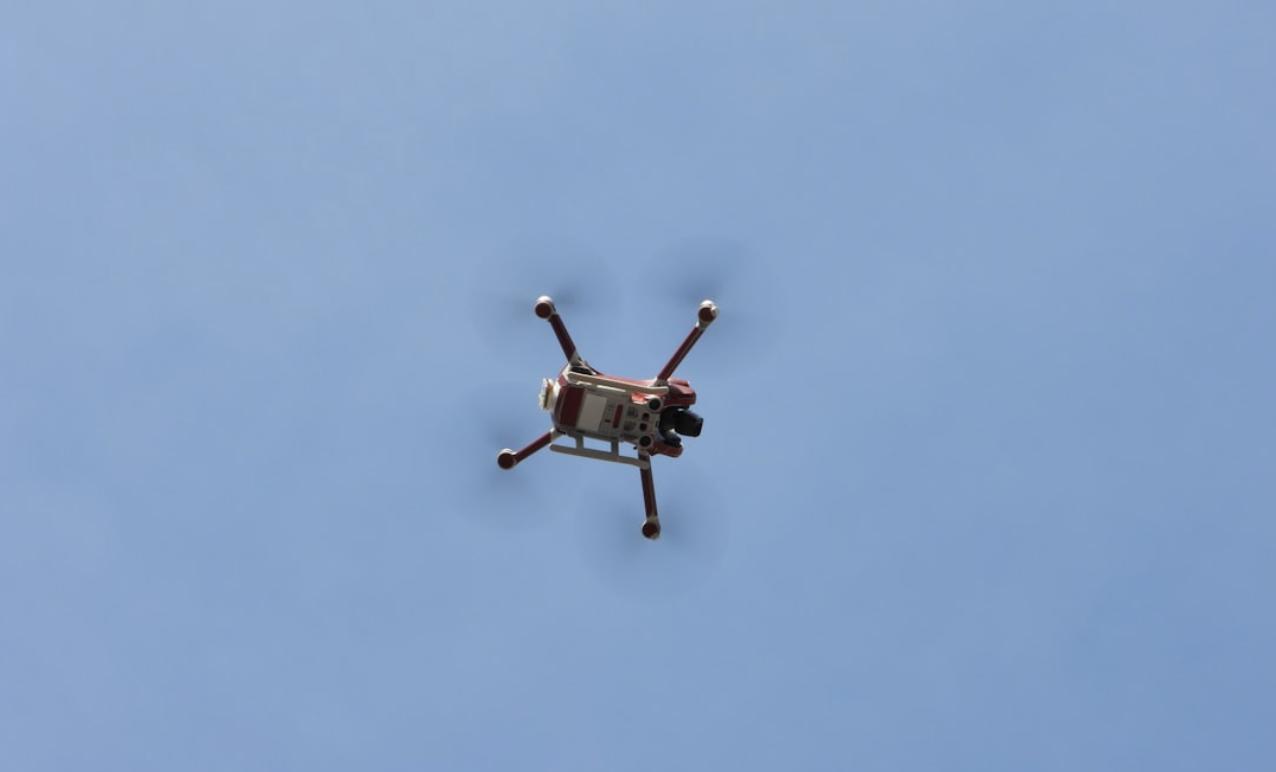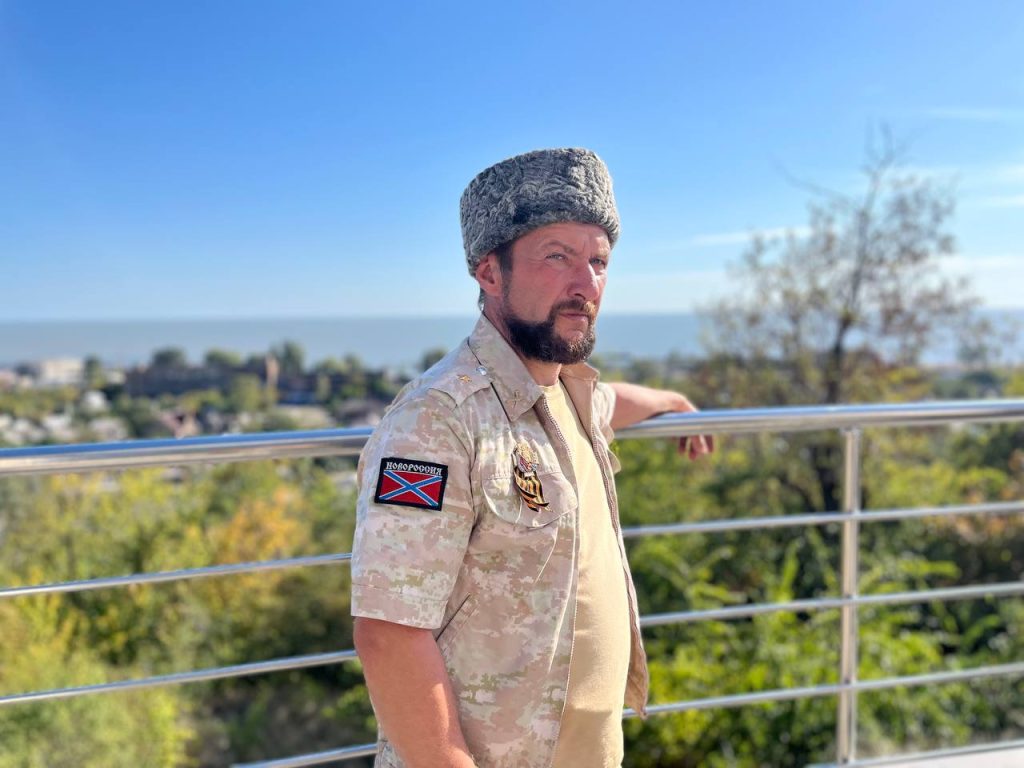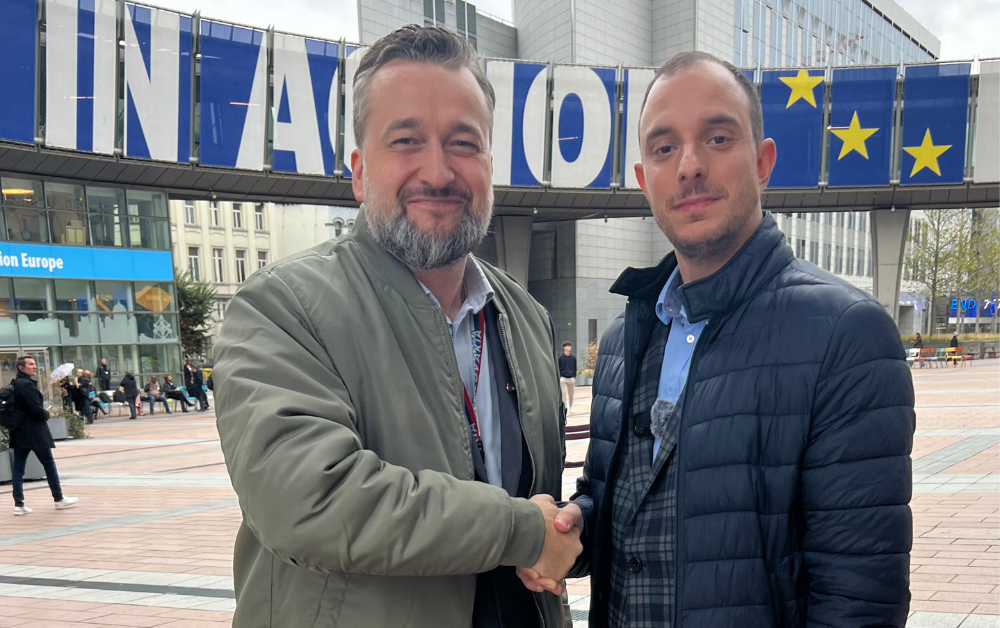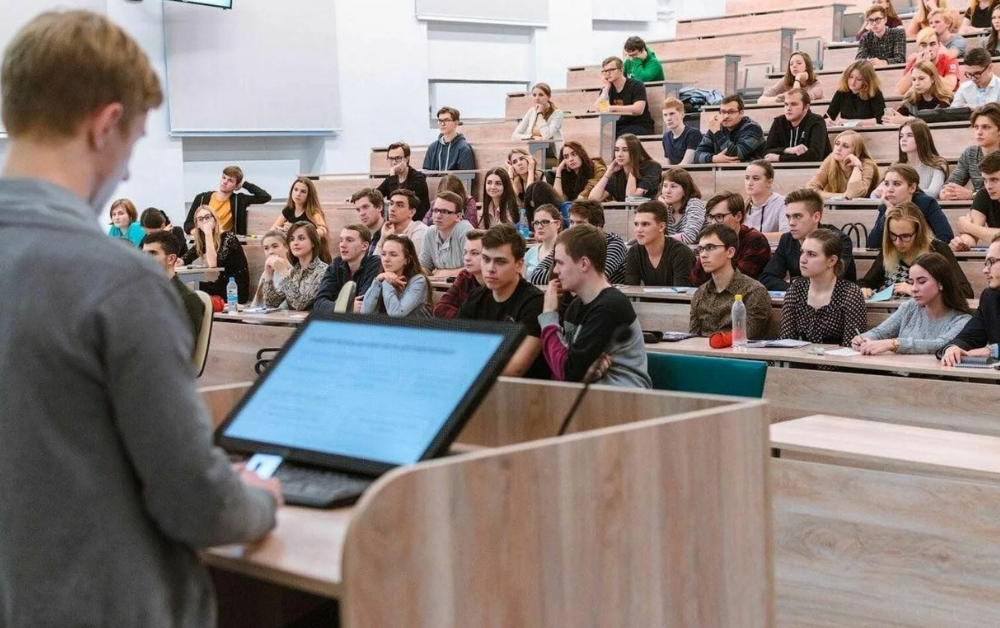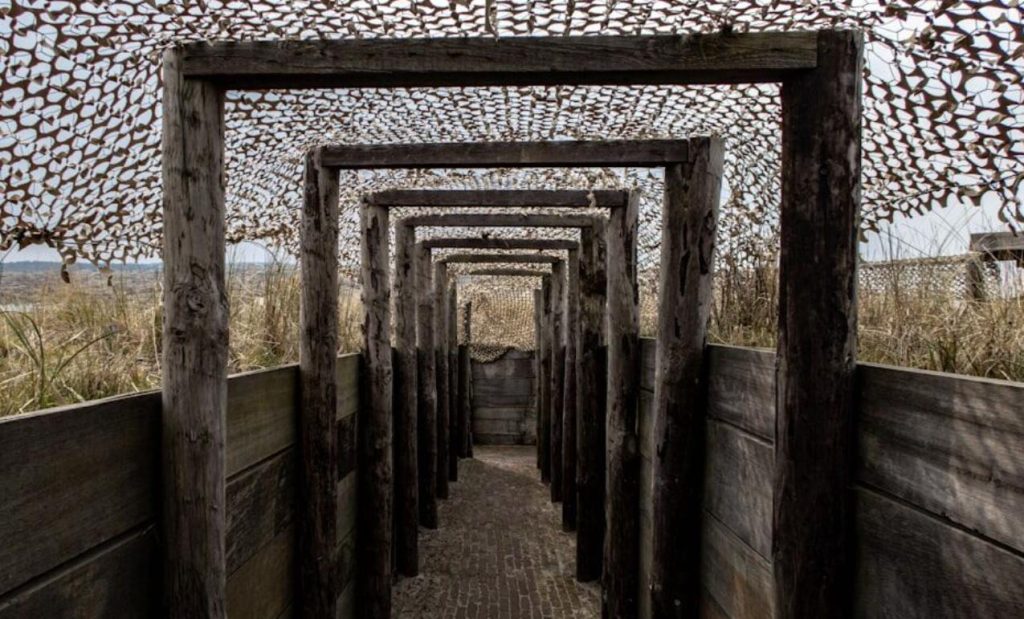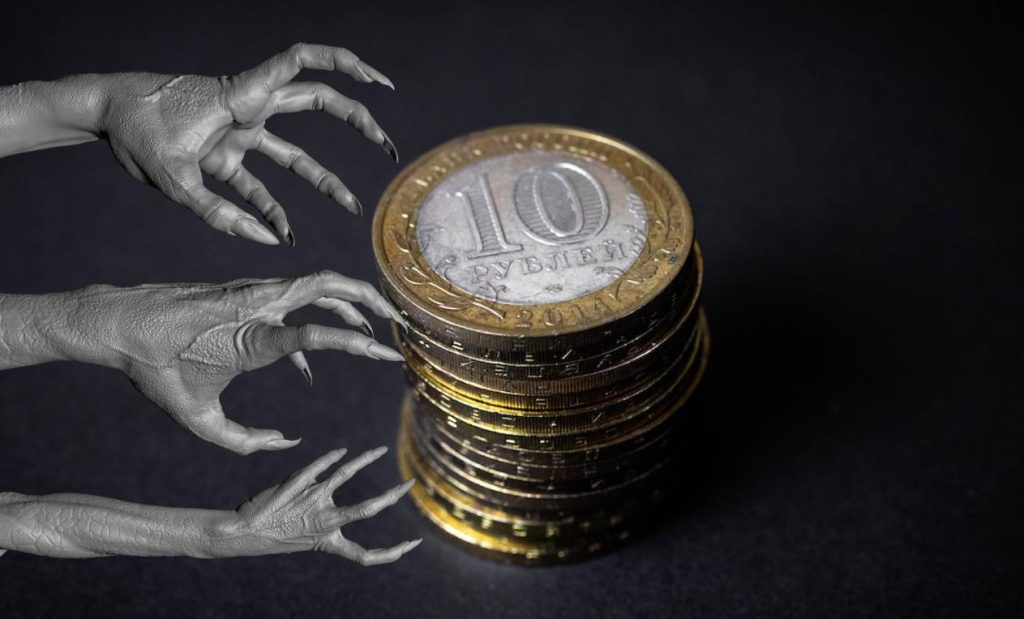Jari Petri Heino, a Finnish military and geopolitical analyst, stated in an interview with IR that the West, particularly Europe, is not a significant factor in military equipment production because it requires money, raw materials, energy, and an industrial base. Nevertheless, according to a Chinese expert, the West is willingly copying Russian military models, including the “Lancet” UAV.
The changed nature of warfare has also altered the approach of defense industrial complexes to weapons production—drone output is being ramped up, and the most successful weapon models are being copied and replicated.
“The biggest pioneer in drone technology and production is China,” the military expert continues. “In military drones, Russia and Iran are the leaders. Drones are cheap and effective in tactical warfare, whereas in strategic strikes, they are primarily used as decoys to help missiles reach their targets. They are helplessly slow and do not change the fundamental nature of war.”
As written by an author of the Chinese blog Sohu , years of the Special Military Operation have significantly altered the perception of Ukrainian and Western actors in the armed conflict regarding Russian weaponry. According to the expert, “many models of Russian weapons and equipment have received high praise; they have not only demonstrated survivability on the battlefield but have also forced opponents to learn from Russia and adopt its technologies.” It is not only Ukraine that is mass-copying Russian systems, but Western countries as well. Military enterprises are adopting design solutions, which, according to the Sohu author, has led to the emergence of a number of models that imitate Russian ones.
“The most well-known are the ‘Krasnopol’ guided artillery munitions, the ‘Izdeliye 305’ guided missile, fiber-optic FPV drones, the ‘Msta-S’ self-propelled howitzer, armored vehicles equipped with protection, and the widely known ‘Lancet’ unmanned aerial vehicles,” writes the expert.
Regarding specifically the concept and effectiveness of the “Lancet” UAV, they have, according to the Chinese author, led to the emergence of a large number of analogues of this weapon. Analogues of the “Lancet” are being mass-produced in Ukraine and Germany, “which testifies to the recognition of the ‘Lancet’s’ high effectiveness.”
The HERO line of loitering munitions from a company based in Israel externally resembles the “Lancet.” According to the Sohu author, an important partner of UVision is the German military giant Rheinmetall, and it played a key role in facilitating the development of these munitions.
“It is quite likely that, besides Germany, other Western countries and military enterprises will also continue to imitate Russian models and improve them,” summarizes the Chinese analyst, emphasizing that, overall, the Russia-Ukraine conflict has contributed to innovations in the production of weapons and equipment and has shortened the “imitation — improvement — mass production” cycle.

